Nursery pond in 2-phase shrimp farming of farmers in Vinh Son commune, Vinh Linh district - Photo: TAM
Currently, the whole province raises about 950 hectares of shrimp, with an average annual shrimp harvest of more than 4,700 tons. Shrimp farming has become a competitive advantage of the province. However, recently, income from shrimp farming has been unstable and has tended to decrease due to the increasingly deteriorating farming environment, and continuous outbreaks of diseases on whiteleg shrimp and black tiger shrimp, especially those under 1 month old.
To cope with the frequent occurrence of shrimp diseases that pose many risks to shrimp farmers, the safe shrimp farming model has been welcomed by people since the pilot implementation. Shrimp farmers have gradually applied new technologies such as: multi-stage shrimp farming; using biological products; shrimp farming according to VietGAP; farming in net houses, greenhouses... which have helped shorten the farming time, limit diseases, reduce the rate of shrimp dying early in the stage of less than one month of farming, and increase the yield.
In 2024, with investment from central agricultural extension capital, Quang Tri Agricultural Extension Center implemented the project "Building a 2-phase black tiger shrimp farming model associated with a production and product consumption chain in some central coastal provinces" in 3 provinces of Quang Binh , Quang Tri and Thua Thien Hue.
In Quang Tri province, the model was implemented in Vinh Giang commune, Vinh Linh district with an area of 1 hectare. The shrimp farming process is applied according to the 2-phase shrimp farming method, using biological products and ensuring the treatment of input water sources. The farming pond system includes: phase 1 nursery pond, phase 2 commercial farming pond, and a sedimentation pond system supplying water to the farming ponds. Technical staff directly guide the implementation of technical measures such as: nursery techniques, 2-phase farming, care, management of environmental factors...
In addition, if any unusual incidents occur during the farming process, the directing staff are present to work with the households to implement the model. The nursery pond is lined with tarpaulin and has a guaranteed oxygen system. The bottom of the nursery pond is as high as the highest water level of the farming pond. The farming pond has a complete water supply and drainage system. The settling pond and the storage pond ensure sufficient water supply for the farming pond and nursery pond during the farming season. The pond is renovated by draining the water, dredging the mud at the bottom of the pond; spreading lime at a dose of 50 - 70 kg/1,000 m2; drying the pond for 5 - 7 days, then supplying water to the pond through a filter bag system. Disinfecting; coloring the water with biological products...
Check environmental factors: pH, alkalinity, salinity... to ensure that they are safe, then proceed to release the seeds. The source of seeds ensures quality from reputable facilities. During the rearing stage, the amount of food is gradually increased according to the size of the shrimp. During the rearing stage, the shrimp grow more slowly than when released directly, but thanks to the management of environmental factors as well as disease problems, the survival rate is high, reaching 90%.
After about 1 month of rearing, the shrimp reach a size of 1,500 - 3,000 shrimp/kg, then transfer the shrimp to the second stage pond. The pond water is taken from the settling pond after being treated with sterilization. The amount of daily feed is adjusted by checking the amount of excess feed in the net.
The fry reach a large size before stocking, helping to shorten the farming time, the survival rate in phase 2 reaches 80%, the farmed shrimp have a fast growth rate, uniform size and limit diseases during the farming process, limiting economic losses in the first stage. After more than 4 months of farming, the shrimp in the 2-phase farming model reach a size of 29 - 30 shrimp/kg, the yield reaches nearly 5 tons/ha.
Compared to whiteleg shrimp farming, the cost of implementing the 2-phase black tiger shrimp model is much lower, the average cost is about 600 million VND/ha but brings relatively high profits, minus costs, the profit is about 440 million VND/ha. In addition to local consumption, farmers are connected with consumption facilities in the Central provinces, ensuring stable output.
Applying scientific and technical advances to the 2-stage shrimp farming process helps shrimp farmers manage the farming stages, shrimp nutrition and control the farming environment scientifically. Shrimp farmers know the exact density of shrimp at each stage to coordinate the amount of feed for shrimp appropriately with the age of the shrimp, avoiding the situation of providing excess feed that both pollutes the water environment and consumes feed, increasing input costs.
The actual implementation of the model in 2024 shows that the two-phase black tiger shrimp farming has changed to suit actual requirements, with stable and effective production. In the model, shrimp farmers do not use all the land to build commercial shrimp ponds, but divide them into different types of ponds with different functions such as: settling ponds to treat water, stage 1 nursery ponds to ensure standards, and stage 2 farming ponds to help shrimp grow well and have high resistance. Farming in the direction of biological safety, limiting the use of chemicals and antibiotics has met the strict food safety regulations of the market.
In 2025, the center will continue to implement the 2-phase black tiger shrimp farming model associated with the production and consumption chain in some central coastal provinces with a scale of 4 hectares. At the same time, deploy training and technology transfer for farmers to replicate the model, combined with farming other aquatic species applying science and technology suitable for each region to develop sustainable aquaculture, including 2-phase shrimp farming bringing high economic efficiency.
Tran Anh Minh
Source: https://baoquangtri.vn/mo-hinh-nuoi-tom-su-2-giai-doan-cho-hieu-qua-kinh-te-cao-193119.htm


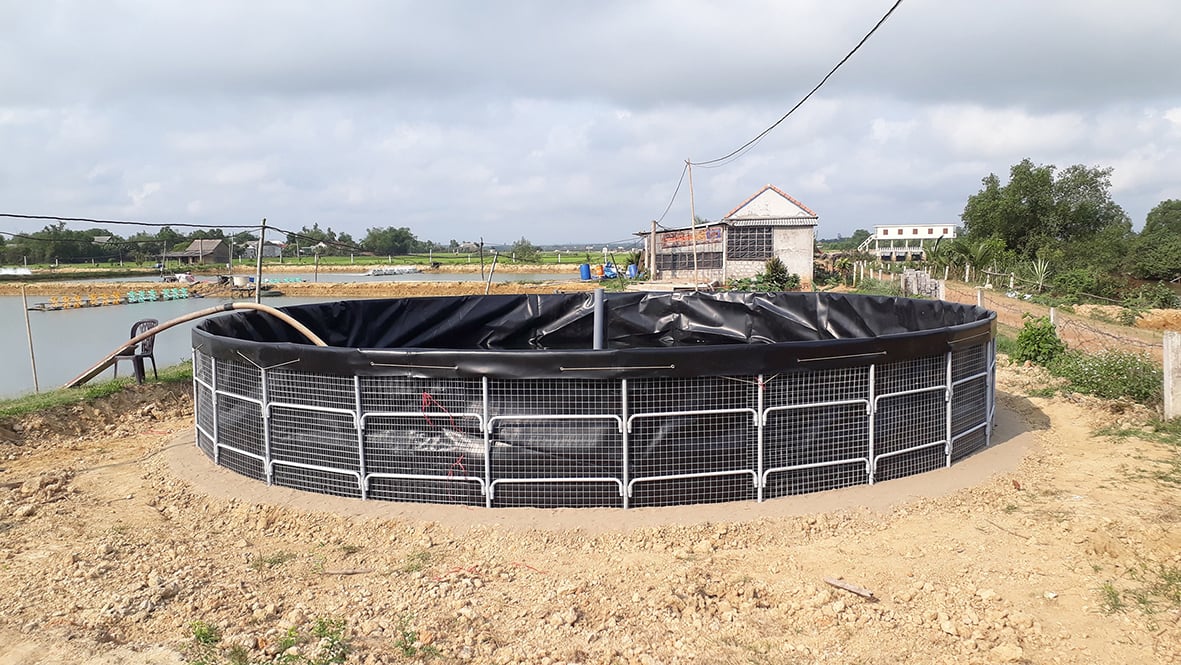




![[Photo] Top players gather at the 2025 Nhan Dan Newspaper National Table Tennis Championship](https://vphoto.vietnam.vn/thumb/1200x675/vietnam/resource/IMAGE/2025/5/23/9ad5f6f4faf146b08335e5c446edb107)

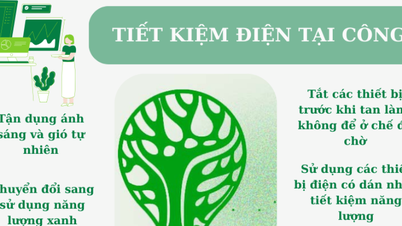

![[PHOTO] Green bamboo hills of A Lu](https://vphoto.vietnam.vn/thumb/402x226/vietnam/resource/IMAGE/2025/5/23/0289501c5a834422bd096f1f62b5c8e4)

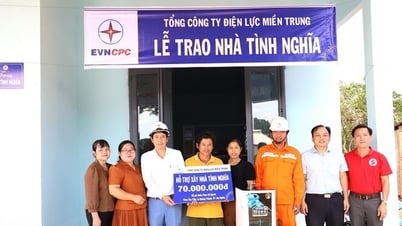

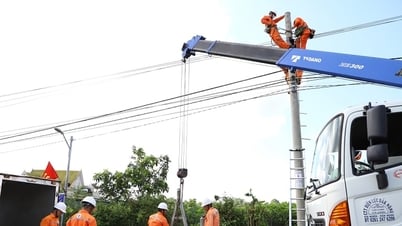
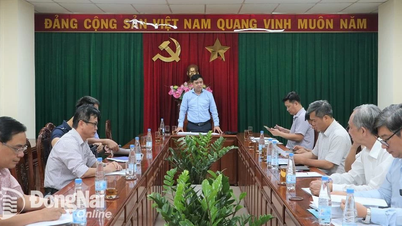

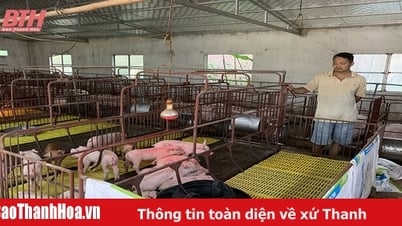





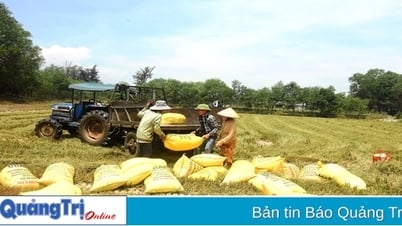




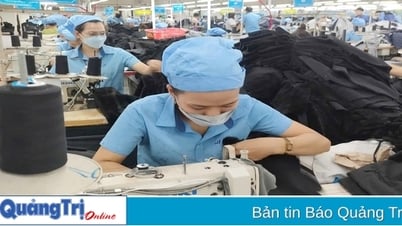






















































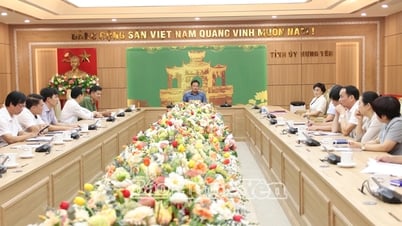

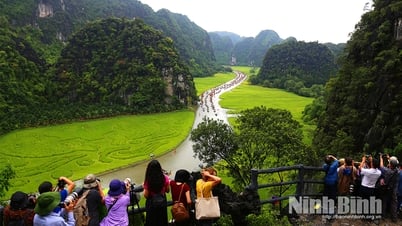













Comment (0)